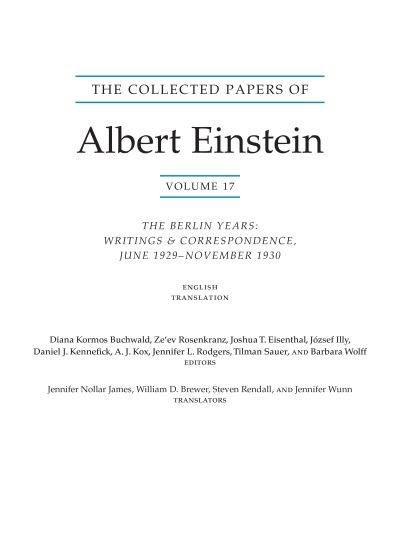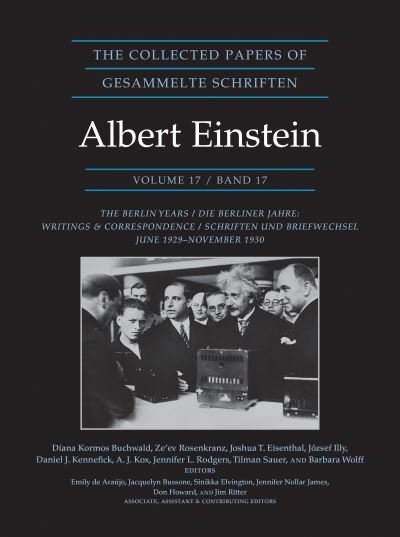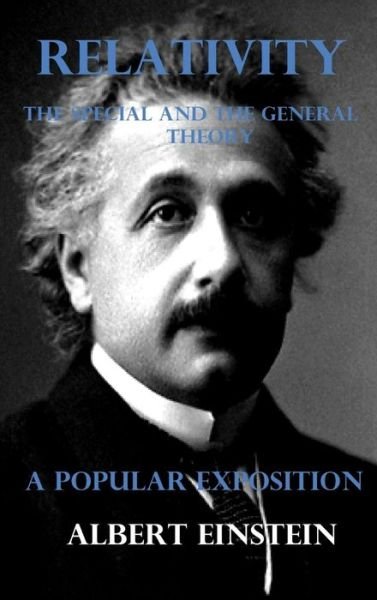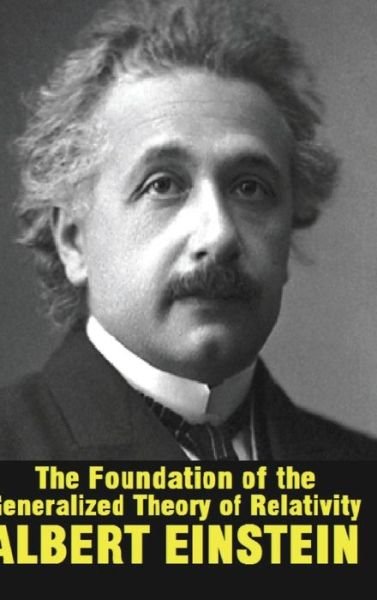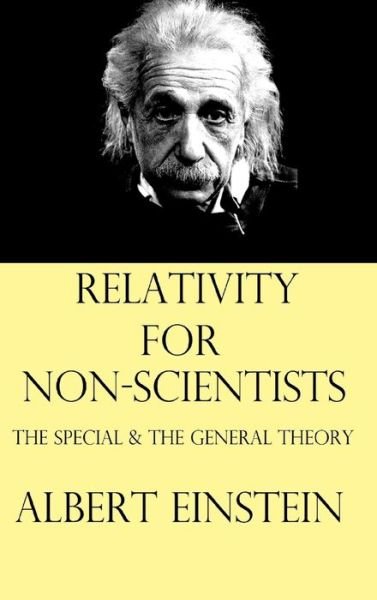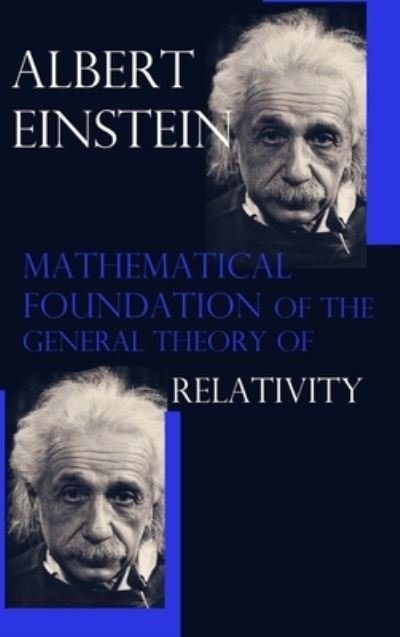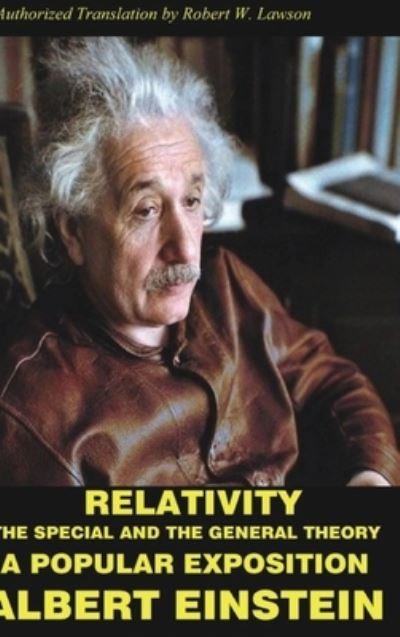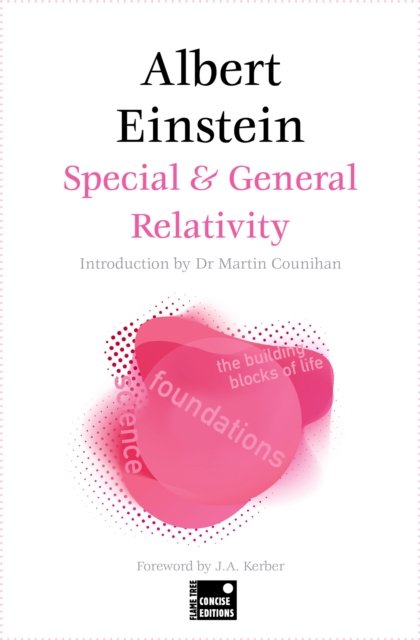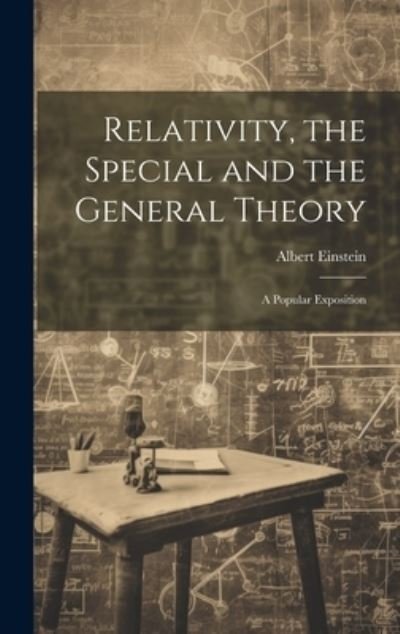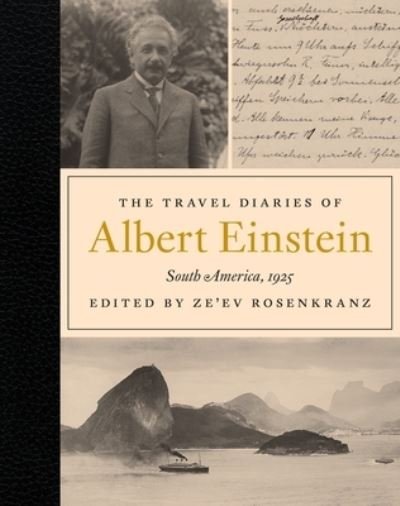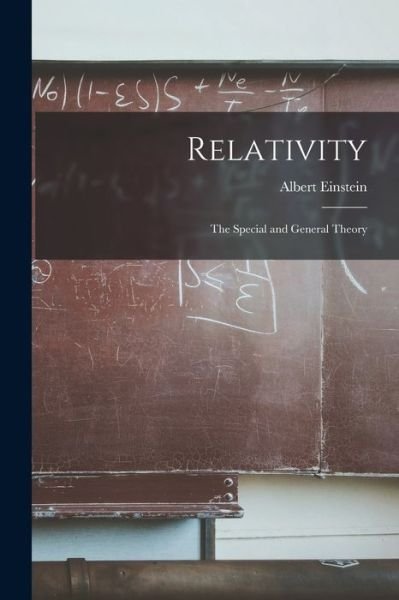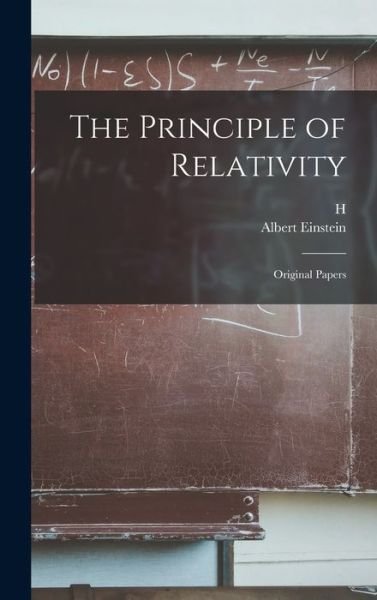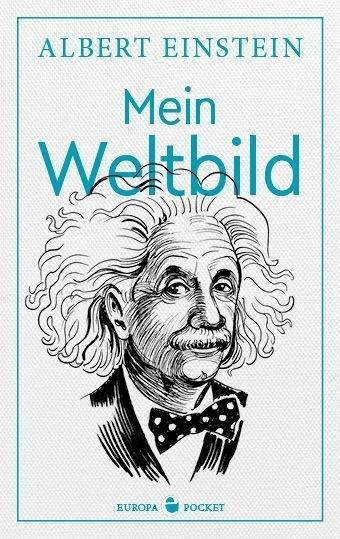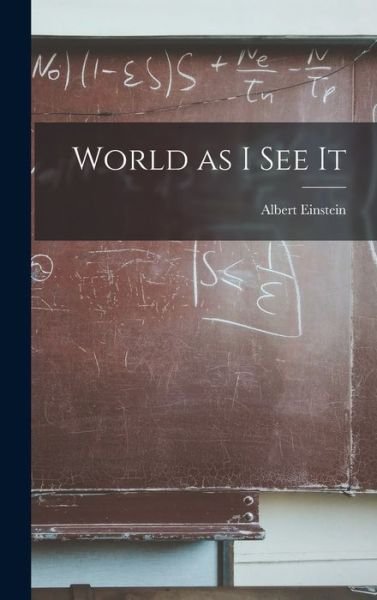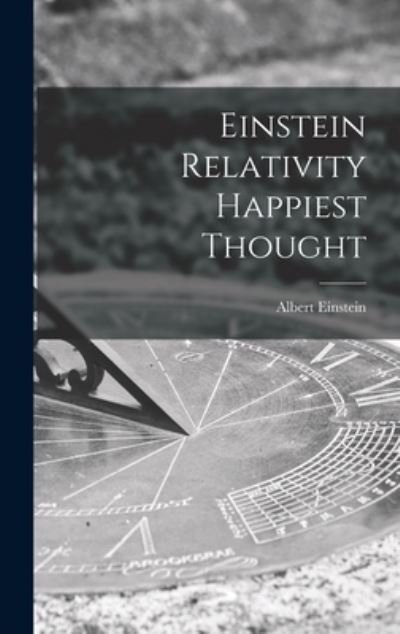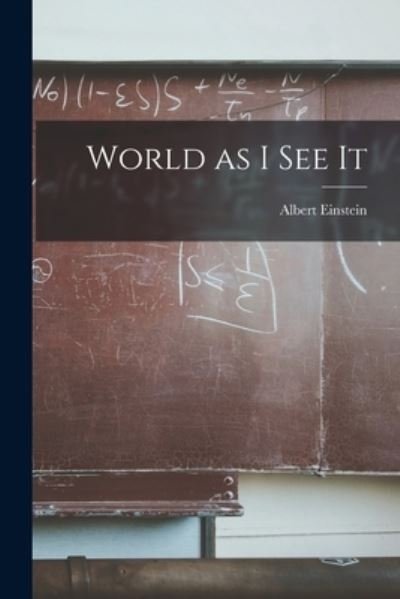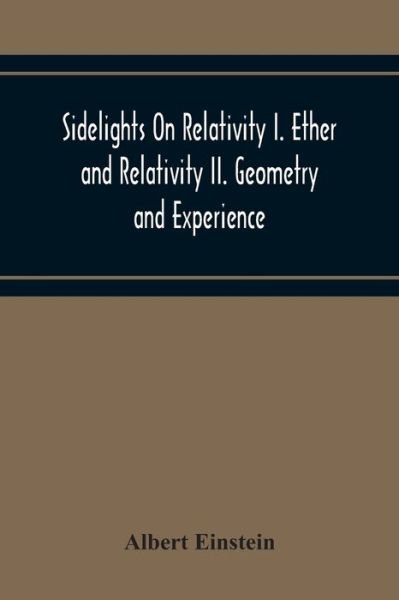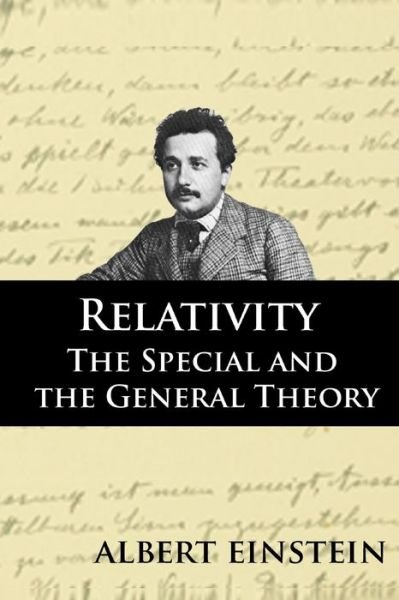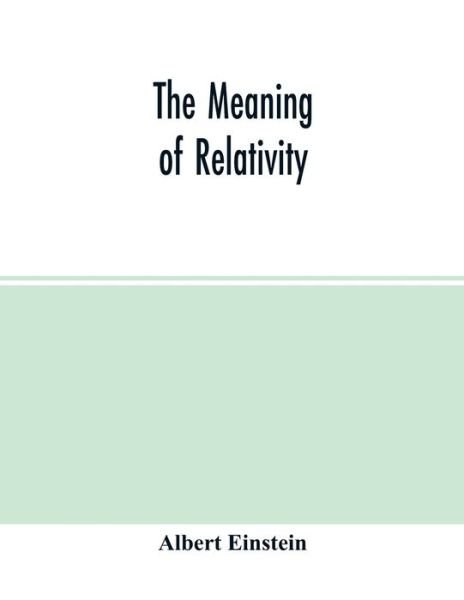
Tell your friends about this item:
Relativity: the Special and General Theory
Albert Einstein
Relativity: the Special and General Theory
Albert Einstein
Publisher Marketing: CONTENTS Preface Part I: The Special Theory of Relativity 01. Physical Meaning of Geometrical Propositions 02. The System of Co-ordinates 03. Space and Time in Classical Mechanics 04. The Galileian System of Co-ordinates 05. The Principle of Relativity (in the Restricted Sense) 06. The Theorem of the Addition of Velocities employed in Classical Mechanics 07. The Apparent Incompatability of the Law of Propagation of Light with the Principle of Relativity 08. On the Idea of Time in Physics 09. The Relativity of Simultaneity 10. On the Relativity of the Conception of Distance 11. The Lorentz Transformation 12. The Behaviour of Measuring-Rods and Clocks in Motion 13. Theorem of the Addition of Velocities. The Experiment of Fizeau 14. The Hueristic Value of the Theory of Relativity 15. General Results of the Theory 16. Expereince and the Special Theory of Relativity 17. Minkowski's Four-dimensial Space Part II: The General Theory of Relativity 18. Special and General Principle of Relativity 19. The Gravitational Field 20. The Equality of Inertial and Gravitational Mass as an Argument for the General Postulate of Relativity 21. In What Respects are the Foundations of Classical Mechanics and of the Special Theory of Relativity Unsatisfactory? 22. A Few Inferences from the General Principle of Relativity 23. Behaviour of Clocks and Measuring-Rods on a Rotating Body of Reference 24. Euclidean and non-Euclidean Continuum 25. Gaussian Co-ordinates 26. The Space-Time Continuum of the Speical Theory of Relativity Considered as a Euclidean Continuum 27. The Space-Time Continuum of the General Theory of Relativity is Not a Eculidean Continuum 28. Exact Formulation of the General Principle of Relativity 29. The Solution of the Problem of Gravitation on the Basis of the General Principle of Relativity Part III: Considerations on the Universe as a Whole 30. Cosmological Difficulties of Netwon's Theory 31. The Possibility of a "Finite" and yet "Unbounded" Universe 32. The Structure of Space According to the General Theory of Relativity Appendices: 01. Simple Derivation of the Lorentz Transformation (sup. ch. 11) 02. Minkowski's Four-Dimensional Space ("World") (sup. ch 17) 03. The Experimental Confirmation of the General Theory of Relativity 04. The Structure of Space According to the General Theory of Relativity (sup. ch 32) 05. Relativity and the Problem of Space Review Citations: Scitech Book News 12/01/2001 pg. 51 (EAN 9780486417141, Paperback) Discover 09/01/2004 pg. 86 (EAN 9780517029619, Hardcover) Contributor Bio: Einstein, Albert Albert Einstein (14 March 1879 - 18 April 1955) was a German-born theoretical physicist and philosopher of science. He developed the general theory of relativity, one of the two pillars of modern physics (alongside quantum mechanics). He is best known in popular culture for his mass-energy equivalence formula E = mc2 (which has been dubbed "the world's most famous equation"). He received the 1921 Nobel Prize in Physics "for his services to theoretical physics, and especially for his discovery of the law of the photoelectric effect." The latter was pivotal in establishing quantum theory.
| Media | Books Paperback Book (Book with soft cover and glued back) |
| Released | August 11, 2012 |
| ISBN13 | 9781478396239 |
| Publishers | Createspace |
| Pages | 174 |
| Dimensions | 152 × 229 × 9 mm · 240 g |
More by Albert Einstein
Others have also bought
See all of Albert Einstein ( e.g. Paperback Book , Hardcover Book , Book , CD and Audiobook (CD) )




